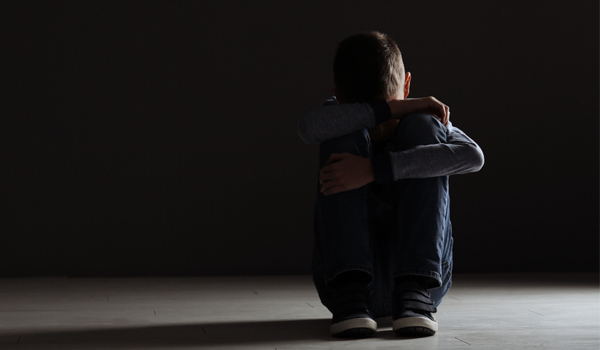IWF reports 15 times more child sexual abuse content online than ten years ago
The Internet Watch Foundation (IWF) has taken action against 200,000 websites containing child sexual abuse material this year – a record number for the charity.
IWF analysts are finding more than 15 times more child sexual abuse material on the internet as they were ten years ago, as experts battling a “tidal wave of criminal material” urge law-makers to make protecting children a priority.
Latest figures from the IWF show that the number of websites is expert analysts have worked to remove after they were discovered to contain images or videos of child sexual abuse has increased by a “mammoth” 1,420 per cent since 2011.
By the beginning of this month, the IWF’s hotline had assessed and acted to remove 200,000 reports of child sexual abuse material since the start of the year. This is the first time the IWF has ever actioned such a large volume of reports.
In 2020, itself a record year for the IWF, the charity took action to remove a total of 153,350 sites for the entire year.
When Susie Hargreaves OBE began in her role as chief executive officer of the IWF in 2011, the charity’s hotline actioned a total of 13,161 reports of confirmed child sexual abuse material during the entire year. This year’s figures to date represent a 1,419.64 per cent increase in confirmed cases of child sexual abuse content.
The IWF says the increase in numbers reflects the growing availability of material depicting the rape and sexual torture of children and babies on the open web. But its analysts are also becoming more and more adept at finding and identifying criminal content. New technologies, such as the IWF’s ‘crawlers’ and IntelliGrade systems, as well as close working relationships with technology companies, are also helping to make sure more content is removed more quickly once analysts discover it.
Despite the advances, the IWF is warning that the explosion of criminal material in the past decade needs a real and definitive drive to stem the “tidal wave” of criminal material.
Ms Hargreaves said: “I took up my position as chief executive of the IWF in 2011 and, since then, we have seen a truly mammoth increase in the amount of this harmful, hurtful material available freely on the open web. We’ve more than tripled the number of analysts at the IWF in that time.
“In 2014 we were given the ability to proactively search for this material, which was a game-changer for us, making us unique among non-law enforcement bodies. But the sad fact is, the problem has outpaced the efforts around the world.
“We’re continuing to build world-class technology which helps us, and companies globally, to tackle this criminality, but it’s the work of our human analysts which really sets the IWF apart.
“Our analysts, every day, are holding back a tidal wave of criminal material, preventing it from spreading even further online, and stopping criminals from sharing the horrendous abuse of innocent children. This is why the role we play in the online safety regulation is so important.
“We need to see real action now to halt this rise. The new Online Safety Bill is a once in a generation opportunity to make sure children’s safety is front and centre, and that our digital future is built around a core of measures to protect children.”
The IWF, which was set up in 1996, is the UK-based charity that works globally to find and remove child sexual abuse imagery from the internet.
Over the past 25 years, the IWF has reduced the amount of illegal child sexual abuse content hosted in the UK from 18 per cent in the year the IWF was founded, to less than 0.1 per cent last year.
IWF analysts also assess and act on reports made by members of the public. October 26 marked 25 years since the first public report was made to the IWF.


